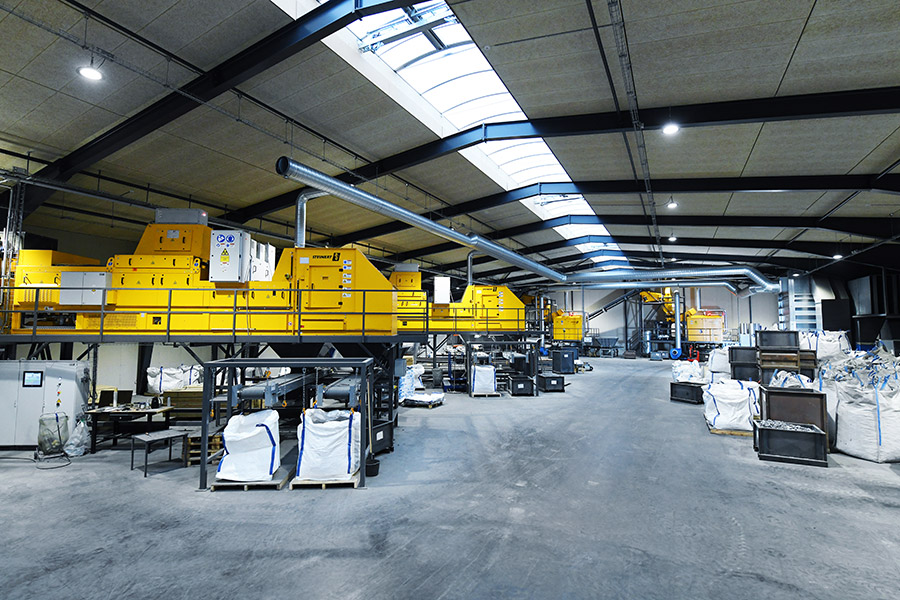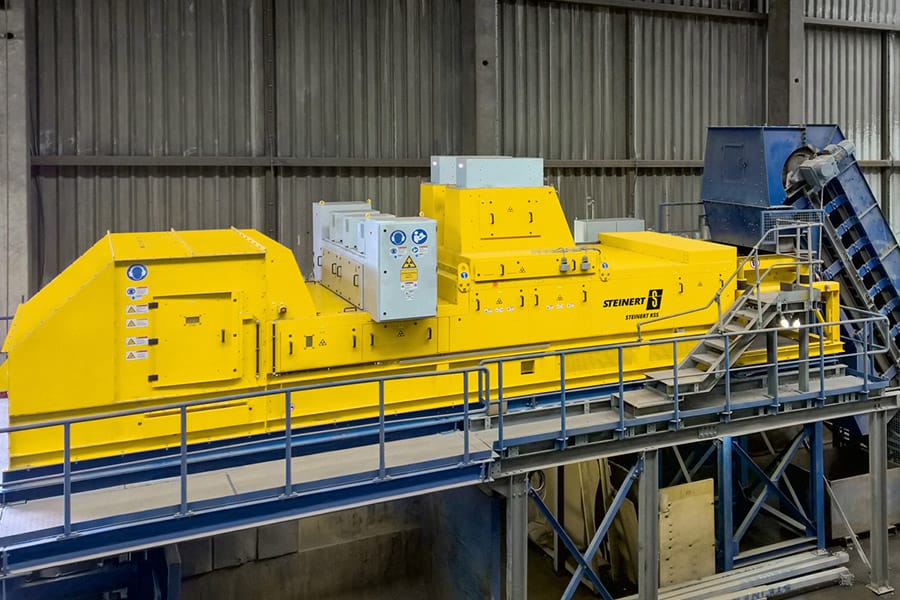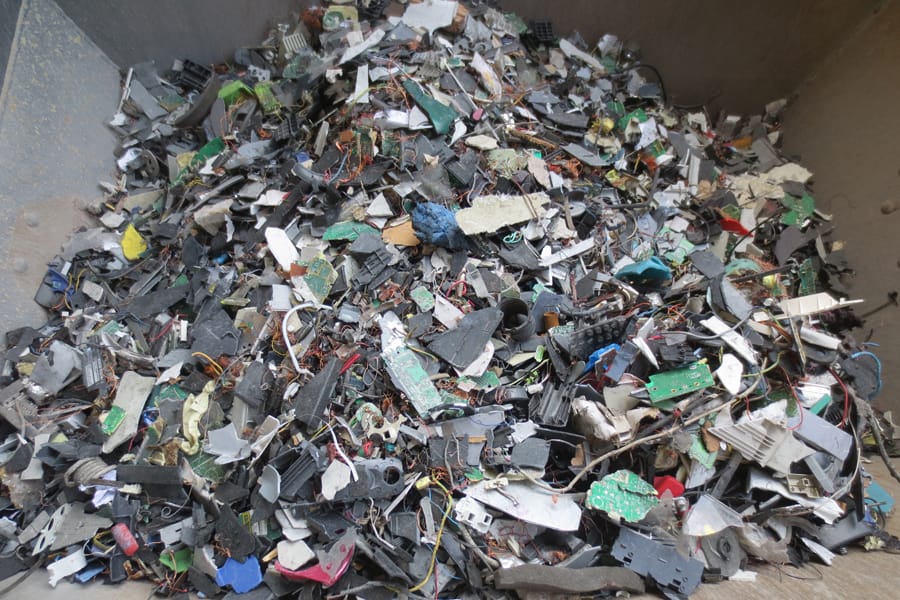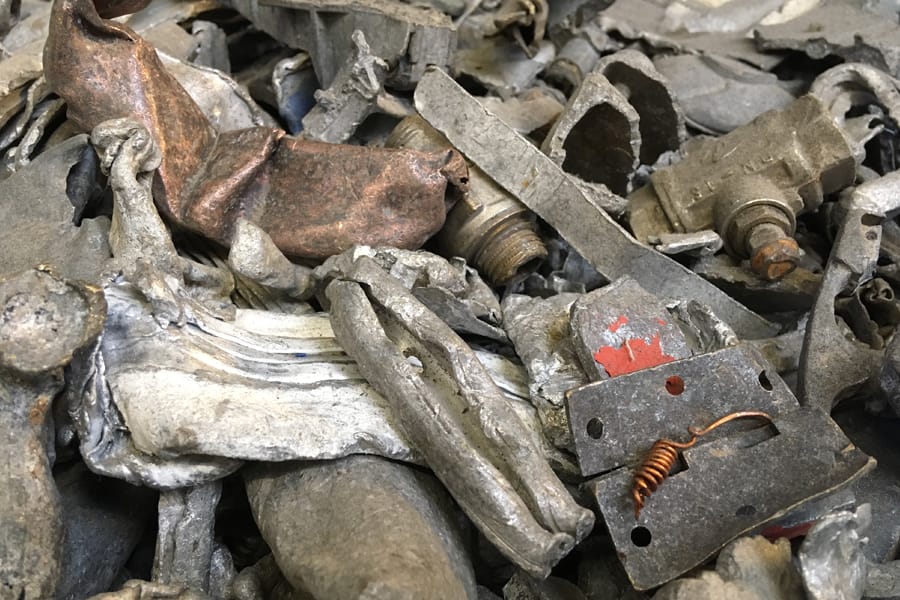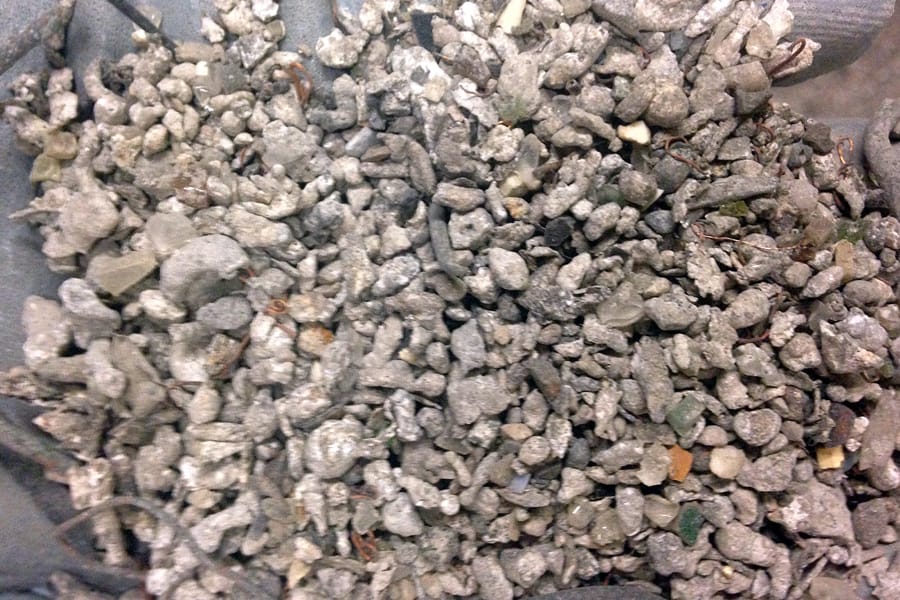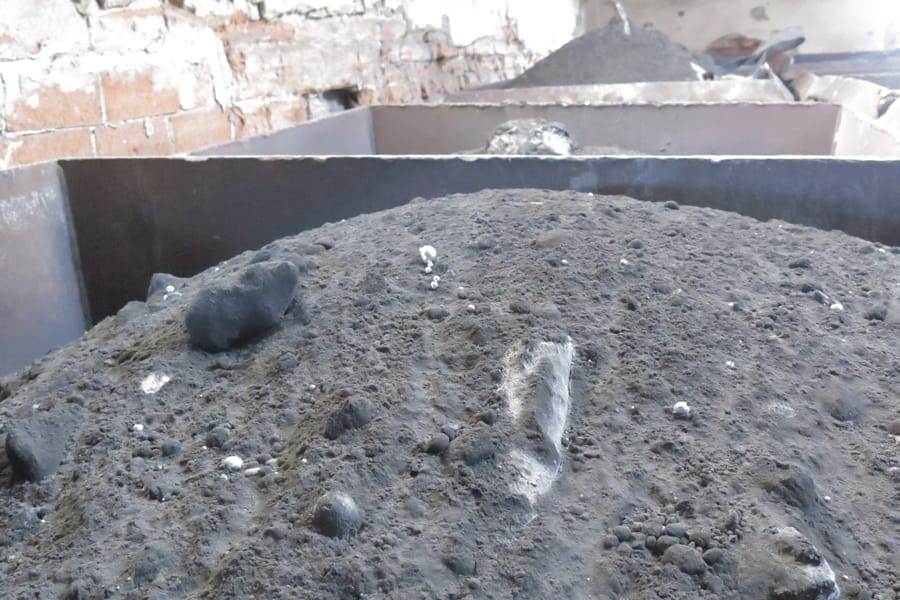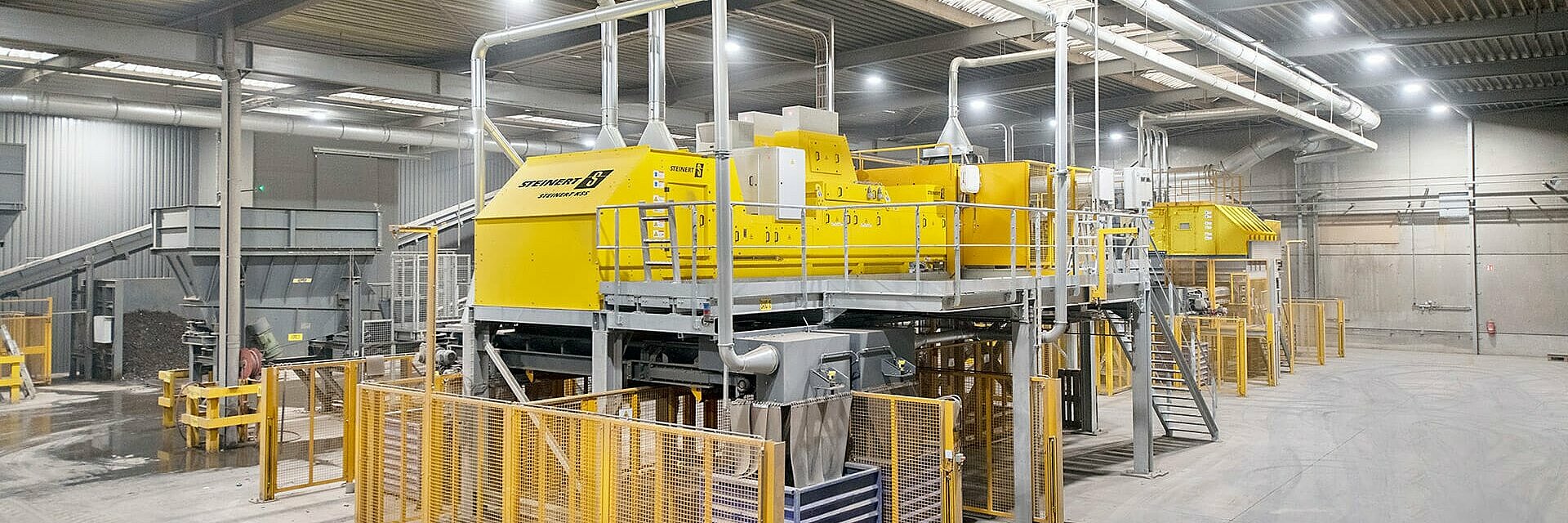
STEINERT KSS® | XF L
Separating scrap metal based on elemental components: the STEINERT KSS | XF L x-ray sorting system
Distinguish copper from zinc using x-ray fluorescence – even with coated surfaces
X-ray fluorescence analysis (XRF) has for some time been an integral part of chemical analysis in the laboratory sector. X-ray fluorescence technology provides us with a further opportunity to attain more precise knowledge of materials. Our STEINERT KSS | XF L sorting system therefore uses x-ray fluorescence analysis (XRF) for detection and sorting – based on the elemental composition of the sortable material. For instance copper can be distinguished from brass or zinc due to their inherent elements. This is even possible if the surfaces are heavily soiled, as is frequently the case with metals from waste incineration. It is also possible to detect scrap metal with metallic coatings.
Although this technology solely involves with surface evaluation, the constituent parts of nickel, copper and zinc in a nickel-plated brass piece are clearly identified and can thus be used as information for the sorting decision.
The STEINERT KSS | XF L combination sensor sorting system combines the XRF sensor system with 3D detection. Laser triangulation is used for precise object detection thus enabling distinct mapping of all detected signals. This also improves extraction, which significantly reduces compressed air consumption. With available working widths of 1,000 mm and 2,000 mm, the STEINERT KSS | XF L x-ray sorting system operates optimally in a grain size range from 10 to 120 mm.
Your benefits:
- KSS | XF L = combination sensor sorting system with 3D detection and XRF sensor system
- Sorting by elemental composition using x-ray fluorescence
- Working widths: 1,000 mm and 2,000 mm
- Grain size range: 10 – 120 mm





